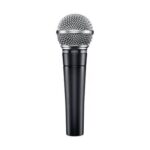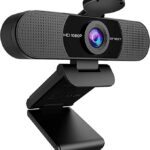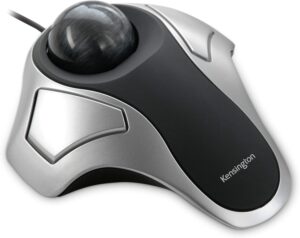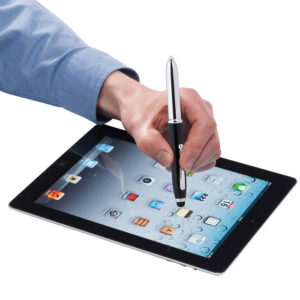
Table of Contents:
1. Introduction to Input Devices
2. Importance of Input Devices in Computers
3. Types of Input Devices
Keyboard
Mouse
Scanner
Microphone
Webcam
Touchscreen
Joystick
Light Pen
Trackball
Biometric Devices
Game Controllers
Other Specialized Input Devices
4. Applications of Input Devices
5. Conclusion
Introduction to Input Devices
Input devices are essential hardware components that allow users to interact with a computer by sending data and commands. These devices act as a bridge between the user and the computer, enabling it to process input for various tasks.
Importance of Input Devices in Computers
Input devices are crucial because they:
Enable data entry and command execution.
Allow users to communicate with software applications.
Provide seamless interaction in various fields like gaming, education, and office work.
Types of Input Devices
1. Keyboard
The keyboard is the most commonly used input device. It consists of keys for letters, numbers, and functions.

Types of Keyboards:
QWERTY Keyboard
Mechanical Keyboard
Virtual Keyboard
Ergonomic Keyboard
Uses: Data entry, programming, writing, and ex
ecuting commands.
2. Mouse
The mouse is a pointing device that controls the on-screen cursor.

Types of Mice:
Optical Mouse
Laser Mouse
Wireless Mouse
Gaming Mouse
Uses: Navigating the UI, selecting fil
es, and gaming.
3. Scanner
Scanners convert physical documents into digital formats.

Types of Scanners:
Flatbed Scanner
Handheld Scanner
QR Code and Barcode Scanner:
Uses: Document scanning, image digitization, and stor
ing records.
4. Microphone

Microphones capture sound input for processing.
Uses: Voice recognition, audio recording, and video conferencing.
5. Webcam

Webcams capture video input for communication and media creation.
Uses: Online meetings, video calls, and recording.
6. Touchscreen

Touchscreens serve as both input and output devices. They respond to touch gestures like tapping and swiping.
Uses: Smartphones, tablets, and interactive kiosks.
7. Joystick

Joysticks are used to control objects in gaming or simulations.
Uses: Flight simulators, gaming, and robotics.
8. Light Pen

A light pen is a handheld pointing device used to interact directly with a screen.
Uses: Drawing, selecting objects, and graphics design.
9. Trackball

A trackball is a stationary pointing device with a rotating ball.
Uses: CAD applications and systems with limited space.

10. Biometric Devices
Biometric devices capture unique biological traits for authentication.
Examples: Fingerprint scanners, retina scanners, and facial recognition.
Uses: Security systems and personal identification.
11. Game Controllers

Game controllers include devices like gamepads and steering wheels for interactive gaming.
Uses: Console gaming and PC gaming.
12. Other Specialized Input Devices
Stylus Pen: Used for precise drawing or writing on touchscreens.
Graphics Tablet: For digital art creation.
Motion Sensors: Detect physical movements.
Applications of Input Devices
Input devices are used in:
Education: Data entry, learning platforms, and online classes.
Gaming: Joysticks, game controllers, and virtual reality devices.
Healthcare: Biometric scanners for patient records.
Industrial Automation: Barcode scanners and motion sensors
Conclusion
Input devices are vital components of any computer system, enabling users to interact with technology effortlessly. Understanding their types and functions helps students appreciate their role in modern computing..
More topics :
More about input devices :https://en.wikipedia.org/wiki/Input_device
Memory modules: https://studysahi.com/memory-modules-types-and-imporrt

Leave a Reply